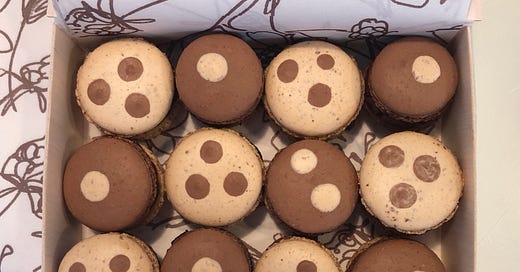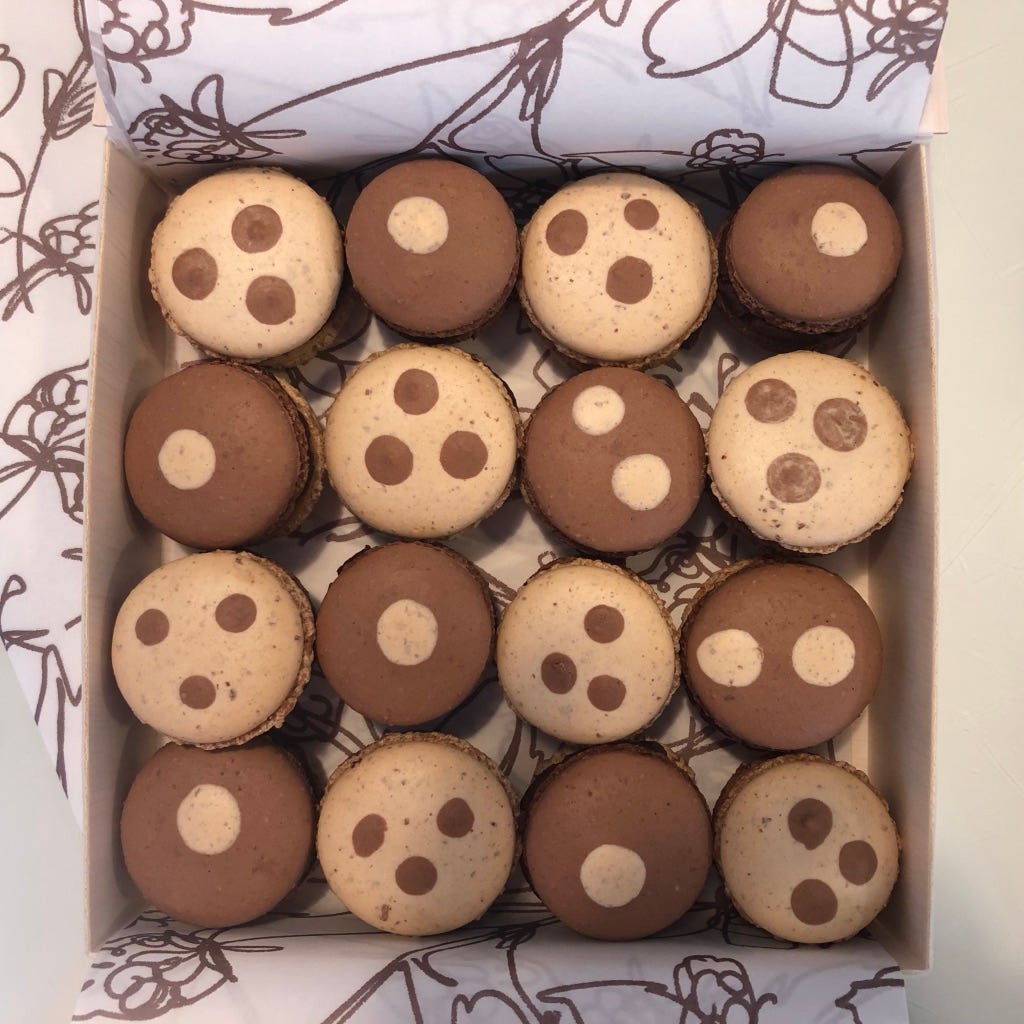The hunting is good in France. On my first trip, at 15, I did nothing but. While my family compared croissants, posed with statues, and staged picnics—attracting, on at least one occasion, the attention of a uniformed police officer, who indicated that crouching in a public garden was a vile, criminal habit—I stalked tart tins.
Back home, I had a job at a pastry shop. My duties included pouring ganache into crisp shells, producing a three-bite delight called a Victoria. The kitchen, however, was running low on small, oval, fluted tart tins. I’d be in France; I’d pick some up.
In every town, in every shop, I searched. Round wouldn’t do. Square wouldn’t do. Large or medium wouldn’t do. Only small, oval, and fluted. Weeks later, I returned to work, triumphant. So what if I’d missed the Eiffel Tower?
This summer, I inflicted the same burden on my friend Laura. She was supposed to be researching a book about something historic and French, though she actually spent her days rummaging through kitchen supply stores in search of macaron mats.
Even here, it’s easy to find silicone mats designed to produce uniform macarons. Uniform, that is, to a diameter of 4.5 centimeters. The entire macaron-industrial complex—mats, boxes, labels, racks—rests on this metric. If you prefer to pipe an odd-size macaron, as I do—they’re cute when small—tough.
I thought maybe in France they’d harbor a few deviant mats. Once I explained the situation to Laura, she dropped her three-by-five note cards and took up a ruler.
Only to discover that macaron mania has peaked. Now everyone snacks on cream puffs. Or meringues. Still, at the end of the summer I found two mats in my mailbox, each marked with circles, each circle 3.4 centimeters in diameter.
I don’t know if Laura is still planning to write that book. I do know she’s an excellent researcher. And that a box of cute, bittersweet chocolate macarons—possibly passé, definitely delicious—await her return.




